|
As more quick-service restaurants look for ways to remove friction from the food-collection process, expect to see more vehicle-recognition technology in use that can detect the arrival of a customer and prepare their order for a quick pass off. It might become a useful tool for other restaurants that have adopted curbside collection for the long term too. White Castle, which has adopted a range of technologies in both the kitchen and at the point of sale, is adding vehicle-recognition tech to its lineup. Mastercard is providing it through its new AI-Powered Drive Through Platform.
We all know that customer data is becoming increasingly valuable for restaurants as they look to better understand taste preferences, evaluate emerging menu trends, and make decisions around everything from staffing to inventory. But how complete of a picture are you getting from the data you collect in a single customer transaction? And how valuable is that data if a person is often ordering on behalf of others, as might happen in an office setting? As QSR Magazine reports, restaurants could benefit from forming new data partnerships across a number of different areas of a foodservice operation – whether that be with delivery vendors, suppliers, credit card partners or other brands within similar foodservice categories. Are there opportunities for you to collaborate with other businesses across the industry to share and gather insights in a way that still protects consumer privacy?
New research from the CDC reported that adults who tested positive for COVID-19 were about twice as likely to have reported dining at a restaurant than those who tested negative. While it’s obviously not welcome news for operators eager to reopen indoor dining rooms, perhaps it will provide some operators with the justification they are looking for to adopt more technology for the long term. This report from The Spoon predicts that the time may have come for restaurants to look beyond some of the piecemeal solutions they have been implementing to provide a contactless experience for customers – and adopt more robots to facilitate such tasks as meal preparation, food running and dishwashing. As winter arrives and operators anticipate challenges around COVID and labor, such an approach may just offer a long-term safety net.
Eager to drive more sales through your app? Try offering enticing options that are only available to people ordering via that channel. Sweetgreen, which has experienced a 178 percent jolt in digital orders through the course of the pandemic, is among the chains that have recently released collections of online-only dishes based on the favorite food orders of notable chefs and athletes. Even if you don’t have well-known guests to tout, simply creating and promoting dishes (or offers of bonus loyalty points or two-for-one appetizers) that are exclusive to your app can help bolster off-premise sales and safeguard your business for the months ahead.
If there were ever a year to ditch the paper, this would be it. From your inventory management to your menu to your employee training, tech tools are helping operators eliminate paper processes and their inefficiencies. Perhaps the biggest benefit of making the switch is real-time management: Knowing your inventory shortfalls as they happen can help you adjust your digital menu to substitute an item or promote a new special on the spot. Being able to inform your staff of day-to-day changes in operating procedure electronically – and ensuring compliance in real time – is especially crucial now as COVID-19 infections affect how restaurants can serve guests. Ask Team Four how you can eliminate any paper processes that are holding you back this year.
You’re likely collecting more customer data these days – whether for enabling contact tracing, enhancing mobile ordering or boosting your marketing efforts. As you consider new technology to support that effort, be mindful of consumer privacy concerns – and ensure you are able to tell guests how you are using their information. Since you won’t be able to get guests to share information with you without demonstrating you are trustworthy, make sure your providers use guest-centric practices – collecting only the information that is needed to facilitate a transaction or interaction, limiting the tracking of location data, and never sharing or selling personal information or location data. This report from QSR Magazine outlines some precautions to take when collecting guest data and vetting potential providers. (https://bit.ly/2Frvqhi)
Well before COVID-19, restaurants had been moving toward the adoption of technology that could support increased off-premise sales. Now, however, such technology is being perceived in the industry as critical to survival in the near term and as a means of becoming pandemic-proof in the future. The investment community is backing up the idea that the restaurant industry needs to make rapid, technology-supported change: AgFunder News reports that while investment into many sectors has slowed while people wait to see how the pandemic plays out, that hasn’t been the case for restaurant technology, where a number of multimillion-dollar fundings and acquisitions have taken place in recent weeks. Restaurants looking to make changes may be more apt to find – or be able to negotiate – deals with tech suppliers right now as a result. Nation’s Restaurant News reports that a number of providers of services including online ordering and delivery, curbside pickup and food safety have been offering reduced rates and waiving startup fees. Just use caution when considering nascent service providers entering the field. Screen offers carefully to ensure businesses have the financial backing and expertise to deliver on contracted services and that you won’t be surprised by high fees a few months down the line.
The pandemic has underlined the need for restaurants to perfect their off-premise dining experience – and embrace technology that can help them accomplish that. Now is a good time to observe what solutions early adopters are implementing as part of that effort – and what may or may not be feasible to try in other concepts. Burger King, for one, recently unveiled a restaurant design concept to streamline the collection of food. Restaurant Technology News reports that in the new model, which will be built in select cities next year, customers who order via mobile app can notify the restaurant upon their arrival and get a designated parking spot, or collect food from a coded food locker at the restaurant. The most noticeable change in the model is a taller (but smaller) restaurant footprint – the kitchen and dining area are suspended over an expanded number of drive-thru lanes, and a conveyer belt system delivers food to the vehicles waiting below.
|
Subscribe to our newsletterArchives
April 2024
Categories
All
|
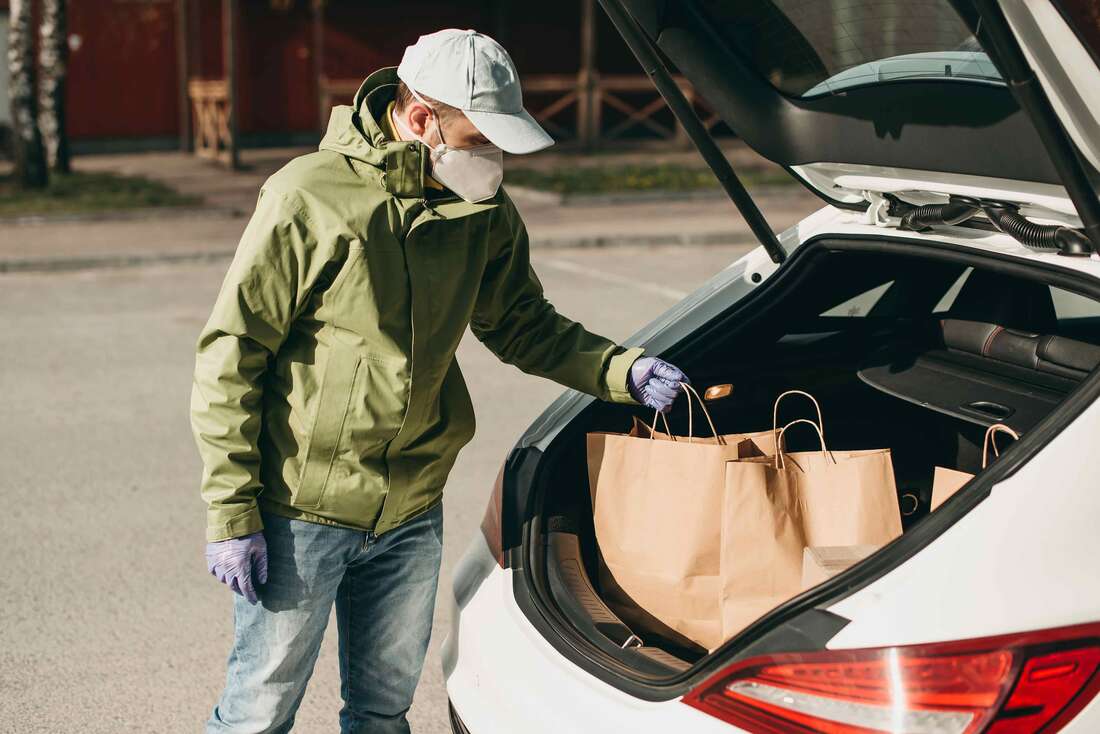

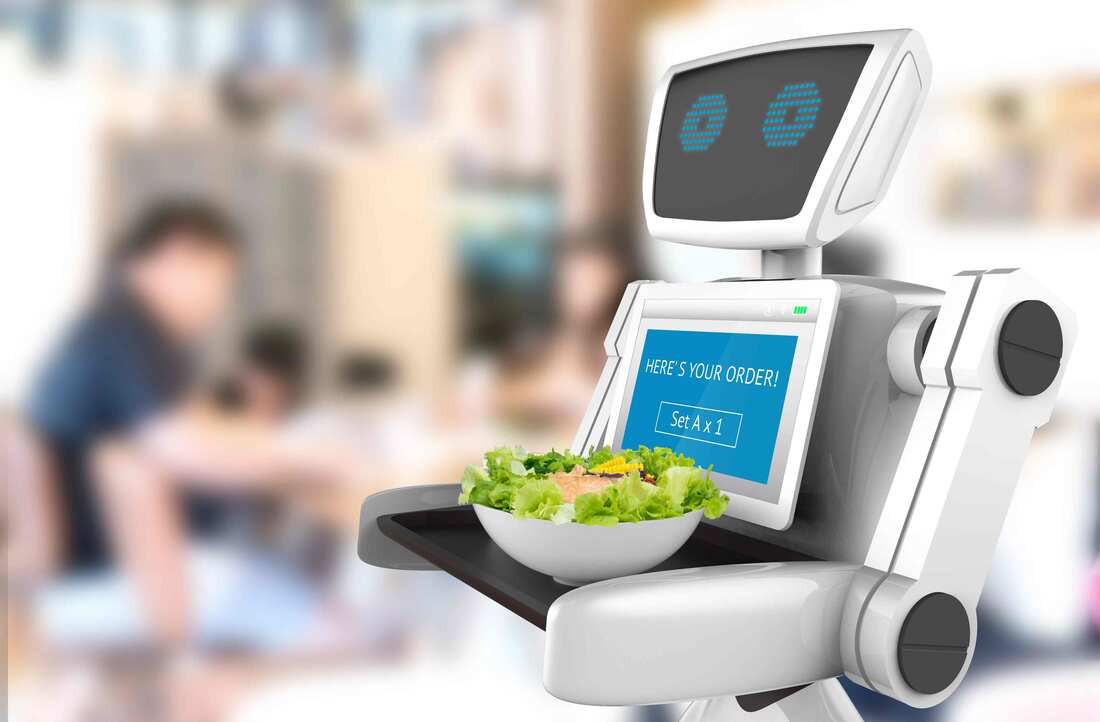
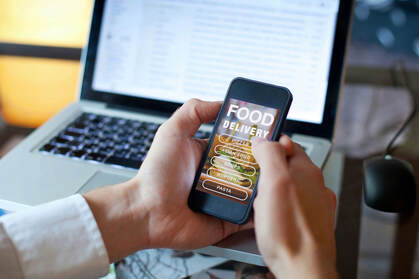

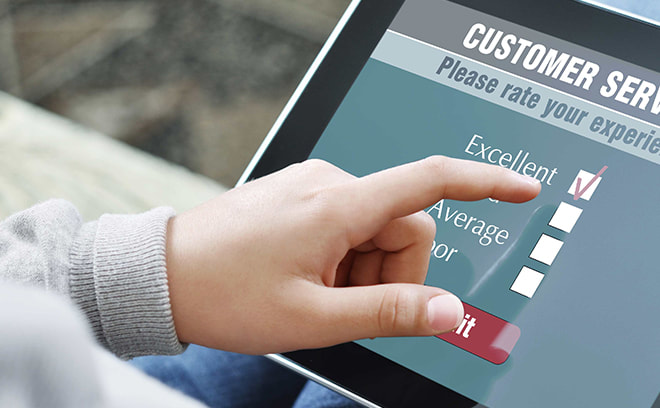

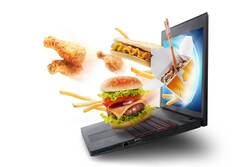


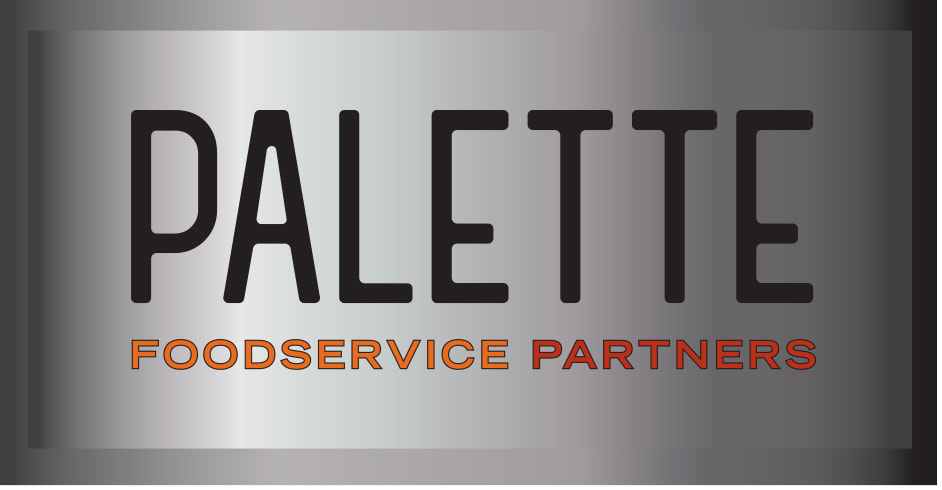
 RSS Feed
RSS Feed